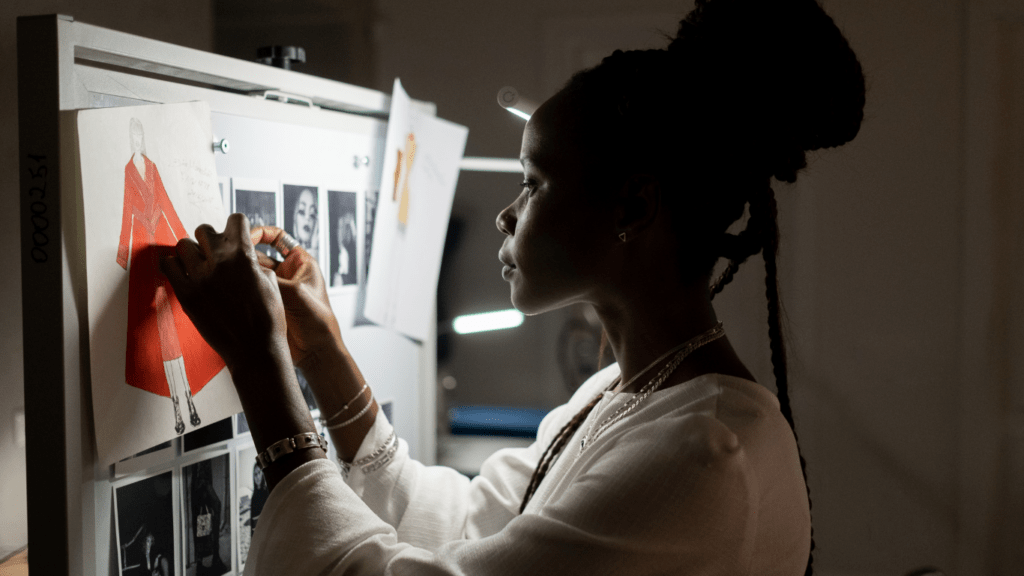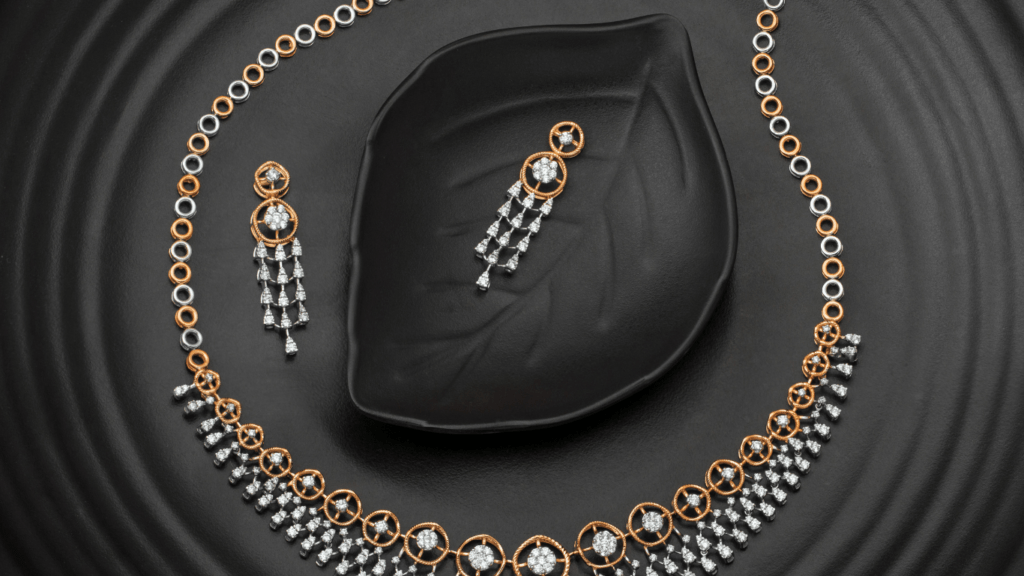Evolution of Prada: A Brief History
Prada started in 1913 when Mario Prada opened a leather goods shop in Milan. Specializing in high-quality luggage, accessories, and luxury items, Prada quickly gained a reputation for excellence. In 1978, Miuccia Prada, Mario’s granddaughter, took over the family business, marking a turning point for the brand’s global identity.
Miuccia introduced nylon backpacks and totes in 1984, revolutionizing the fashion world with their minimalist design and practical elegance. Her visionary approach to materials and design signaled a shift from traditional luxury to modern sophistication. In 1985, Prada’s now-iconic black nylon handbag became a symbol of understated elegance, further cementing the brand’s innovative spirit.
Throughout the 1990s, Prada expanded its product line to include ready-to-wear collections. The brand’s 1992 debut women’s wear collection showcased its avant-garde aesthetics and high-fashion sensibilities. This expansion continued with the introduction of Miu Miu in 1993, targeting a younger audience with its playful yet sophisticated designs.
The early 2000s marked Prada’s foray into technological innovation. The launch of the Prada Phone by LG in 2007 was a notable milestone. This high-end phone combined technological excellence with Prada’s distinctive style, setting a precedent for future luxury-tech collaborations.
More recently, Prada’s commitment to sustainability redefines luxury fashion. The brand introduced Re-Nylon, a line crafted from recycled ocean plastics, in 2019. This initiative reflects Prada’s dedication to environmental responsibility while maintaining its innovative edge.
Prada’s journey illustrates its ability to evolve while preserving its core essence. From a humble leather goods shop in Milan to a global leader in fashion, Prada consistently reimagines luxury with creativity and foresight.
Innovations in Fashion Design

Prada continually redefines luxury by integrating cutting-edge innovations into fashion design. The brand’s commitment to pushing boundaries is evident in its use of new materials and advanced design techniques.
Introduction of New Materials
Prada often leads the industry by introducing innovative materials. One notable example is the use of nylon in high-fashion.
- In the late 1970s, Miuccia Prada revolutionized the market with her black nylon backpacks and totes.
- This unconventional material, previously reserved for military use, became a chic alternative to traditional leather.
- More recently, Prada introduced Re-Nylon in 2019, a sustainable fabric crafted from recycled plastics, demonstrating the brand’s dedication to environmental responsibility.
By incorporating these materials, Prada consistently showcases its ability to blend practicality with luxury.
Cutting-Edge Design Techniques
Prada employs advanced design techniques to stay ahead of fashion trends. The brand embraces technology in the creative process, utilizing 3D printing and digital prototyping. These methods enable precise, intricate designs, reducing production time. Prada also experiments with unconventional structures and silhouettes, challenging traditional notions of garment construction. For instance, the brand’s collaboration with architects and designers results in innovative collections that fuse fashion with art and architecture. Through these techniques, Prada remains at the forefront of fashion innovation, continuously reinventing luxury with a modern twist.
Sustainable Practices at Prada
Prada’s commitment to sustainability sets it apart in the luxury fashion sector. The brand’s focus on eco-friendly fabric choices and ethical production methods demonstrates its dedication to environmental responsibility.
Eco-Friendly Fabric Choices
Prada launched Re-Nylon in 2019, signaling a significant shift towards sustainable materials.
- Re-Nylon uses recycled nylon obtained from ocean plastics, fishing nets and textile fiber waste.
- Transforming waste into high-quality, durable fabric, Prada reduces environmental impact. In 2021, 17 series of products, including bags and accessories, adopted Re-Nylon.
The brand aims to use 100% sustainable nylon by the end of 2021, reflecting its ongoing commitment to eco-friendly innovation.
Ethical Production Methods
Prada prioritizes ethical production, ensuring fair labor practices and minimizing environmental harm. The company upholds stringent labor standards, providing safe working conditions and fair wages. The Prada Group has partnered with the Leather Working Group, adhering to rigorous environmental protocols in its leather supply chain, reinforcing its sustainable and ethical commitments. Additionally, Prada’s investment in renewable energy for its manufacturing plants further reduces its carbon footprint, showcasing a holistic approach to sustainability.
Influences on Modern Fashion Trends
Prada’s influence on modern fashion trends is undeniable, blending innovation with timeless style.
Collaborations with Other Designers
Prada’s collaborations with designers like Raf Simons and AMO bring a fresh perspective. In 2020, Raf Simons joined as co-creative director, melding minimalism with avant-garde elements. These partnerships introduce innovative techniques, such as AMO’s architectural influence on Prada’s store designs, pushing the boundaries of traditional fashion aesthetics. Collaborations with artists like Elmgreen & Dragset bring conceptual art into fashion, adding layers of meaning to collections.
Iconic Collections and Their Impact
Prada’s iconic collections significantly shape fashion. The Spring/Summer 1996 collection, featuring heavy use of nylon, revolutionized utilitarian fashion. The 2008 collection emphasized geometric prints, echoing through high street fashion. The 2018 Fall/Winter collection, blending retro and futuristic elements, resonated across the industry. Prada’s ability to integrate diverse influences into cohesive and influential collections continually propels modern fashion trends forward.
Prada’s Digital Transformation
Prada leverages technology to stay ahead in the luxury fashion market. This transformation enhances customer experience and expands the brand’s reach.
E-Commerce Advancements
Prada’s e-commerce platform offers an intuitive and seamless shopping experience. It uses cutting-edge AI to personalize product recommendations based on customers’ browsing history and preferences. The website’s design mirrors Prada’s aesthetic, offering high-quality visuals and detailed product descriptions. In 2018, Prada introduced a virtual try-on feature, allowing users to see how products look on them before purchasing. This feature boosts customer confidence and reduces return rates. Mobile commerce integration ensures users can access the platform on any device, increasing convenience.
Social Media and Branding
Prada’s social media strategy enhances its brand presence and connects with a younger audience. The brand uses platforms like Instagram, Facebook, and TikTok to share visually engaging content and behind-the-scenes footage. Influencer collaborations amplify these efforts, reaching millions of followers worldwide. Prada’s social media campaigns often highlight new collections, sustainability efforts, and exclusive events. Hashtags like #PradaReNylon and #PradaFW23 make it easy for users to find and engage with related content. Data analytics guide these strategies, ensuring posts resonate with the target audience and drive engagement.


 Beauty Product & Fashion Brand Reviewer
Elizabethie Vallestiera is Glam World Walk's go-to expert for in-depth beauty product reviews and luxury brand spotlights. With a meticulous approach to analyzing the latest beauty innovations, she ensures that readers are always informed about the best products on the market. Elizabethie’s passion for uncovering the stories behind iconic fashion brands makes her articles not only informative but also captivating, offering a blend of style, substance, and glamour that readers crave.
Beauty Product & Fashion Brand Reviewer
Elizabethie Vallestiera is Glam World Walk's go-to expert for in-depth beauty product reviews and luxury brand spotlights. With a meticulous approach to analyzing the latest beauty innovations, she ensures that readers are always informed about the best products on the market. Elizabethie’s passion for uncovering the stories behind iconic fashion brands makes her articles not only informative but also captivating, offering a blend of style, substance, and glamour that readers crave.
